Potato tire tower photo by Bonzai Aphrodite
We've bemoaned the tragedy of eating non-organic potatoes (see: "The Seven Foods Safety Experts Won't Eat" and "Potato, Potahto") A pack of organic potato seeds will run you about $3.50 and will provide you with pounds upon pounds of this vegetable. But what if you're tight on space for growing your veggies? We've found a solution. Check out this Instructables entry on growing potatoes in old tires.
Chitting
means that when you receive your seed potatoes in around February, you place them in a light, dry environment, but out of direct sunlight (a north facing window sill is a good place) and wait for small shoots to grow from the
eye of the potato, which should be facing up. When looking at a potato, you will notice that one end will usually have more eyes than the other end, this is called the rose end. Early potatoes need to be chitted before being planted, while maincrop varieties don't absolutely need it but will benefit from being chitted before being planted.
If growing potatoes in tires, first chose a sunny spot in your garden or balcony. Ensure there is drainage below the tire, as potatoes don't like getting water-logged, though they do need sufficient water for the tubers to form.
Early potatoes can be planted at the end of March, while maincrop potatoes are usually planted in April, at the latest at the beginning of May. The main aspect affecting planting time is frost. Potatoes are only half-hardy and any frost will kill off emerging plants.
Fill the tire with damp earth to just over half the depth and place 4 - 5 seed potatoes in it, with the eye or shoots facing up. Cover with a couple of inches of soil. In this example, we have used seed potatoes for a maincrop which have not been chitted.
In this example, we have used seed potatoes for a maincrop which have not been chitted.
Keep the soil moist but not wet and within about six weeks there should be several healthy potato plants growing. If your seed potatoes were chitted, the plants should appear sooner.
If there is any chance of a late frost, protect the young plants with straw or earth them up immediately as they appear.
When the young potato plants are two to three inches high, add a second tire to the stack and add more soil, almost but not quite covering them.
Continue covering the emerging plants with soil until your stack is 3 tires high. Tubers will be forming all the way up the stack of tires.
Early potatoes are ready to harvest when the flowers have opened or the buds fallen off. Dig a few tubers up and check—they should be about the size of a hen's egg.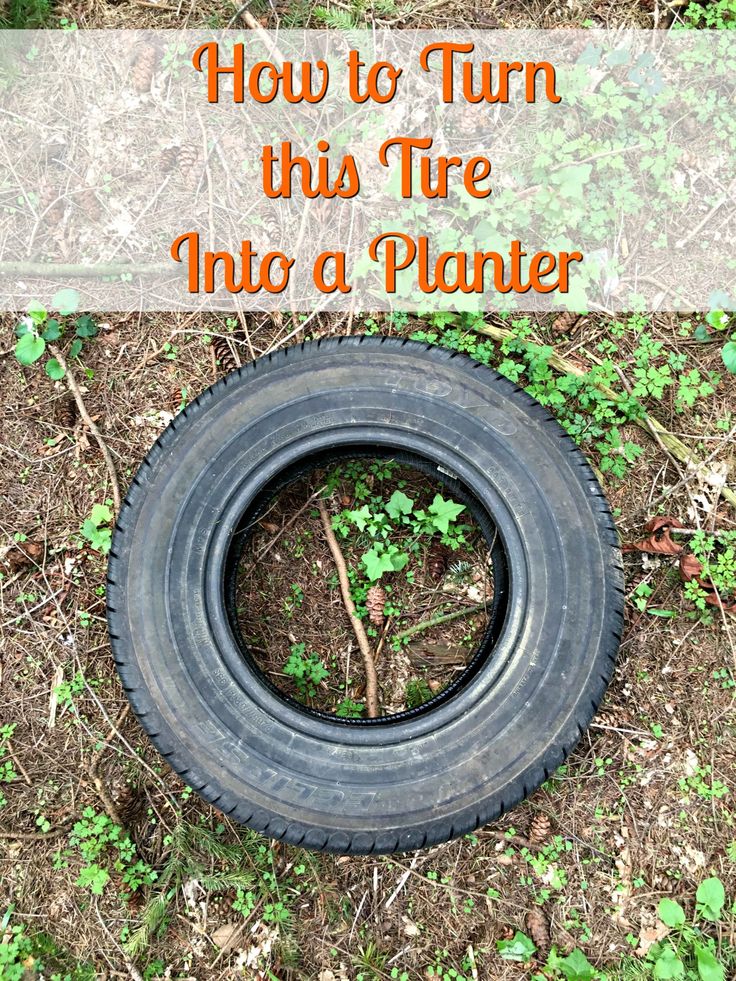 With maincrop potatoes, wait until the foliage has turned brown, cut off at the stems and wait a few days before lifting.
With maincrop potatoes, wait until the foliage has turned brown, cut off at the stems and wait a few days before lifting.
One of the cons of the traditional method of growing potatoes in long rows, is that you have to ensure you have dug up every single tuber each autumn. Growing potatoes in tires avoids the possibility of missing that one tiny potato which would ruin your carrot patch next year!
By Rebekah Pierce Updated March 25, 2022
Getting rid of old tires is a challenge logistically, economically and environmentally, so growing potato tire towers can help. One good way to keep tires out of the landfill is to grow plants in them, like potatoes (Solanum tuberosum). A potato tire tower can help you grow more potatoes in a small space while also easing the process of disposing of old tires. It can result in higher yields with minimal effort since there is little weeding required.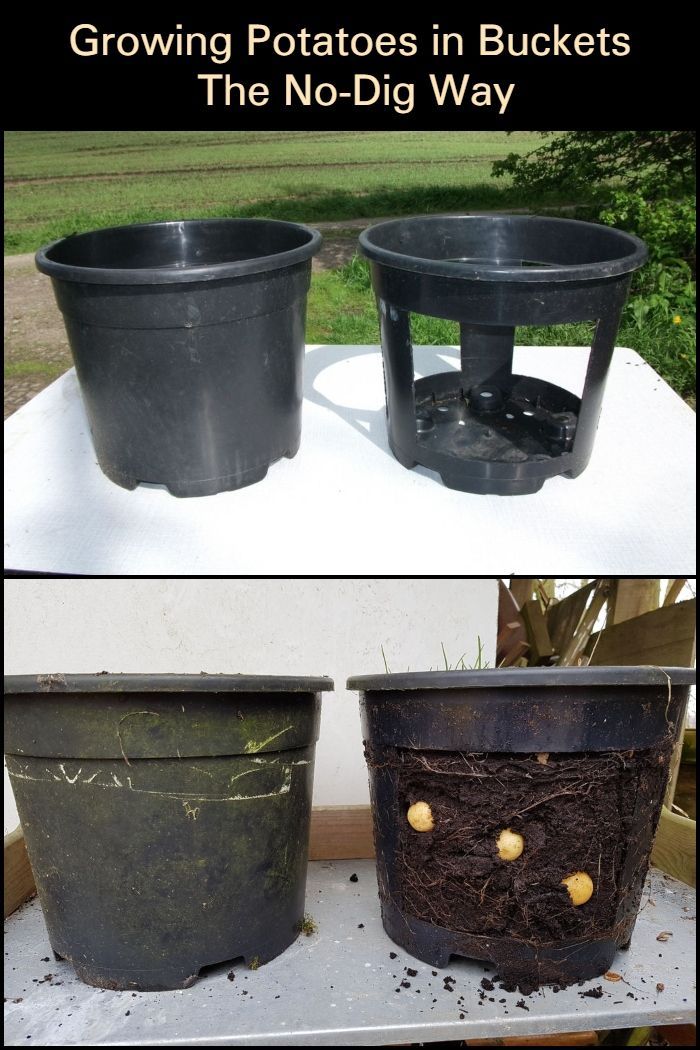 There are some safety concerns to address, however.
There are some safety concerns to address, however.
To build a potato tire tower, start by breaking up the top 6 inches of soil in an area that receives full sunlight. Put a tire on top of the soil and then fill it halfway with garden soil. Cut your seed potato into several pieces so that each piece contains at least one sprout. Let the cuts dry for two days in a warm area.
Put the pieces of seed potato on top of the soil in the tire, spacing them 6 inches apart. Fill each tire and then cover the potatoes with soil. This should completely fill in the first potato in your potato tire tower. Water the soil when it starts to feel dry to the top inch. You may have to water more frequently since the tire might dry out more quickly.
Once the potato plants in the first tire are about 6 inches tall, add the second tire on top of the first. Add more soil until the lower stem is covered and the top leaves poke above the soil surface.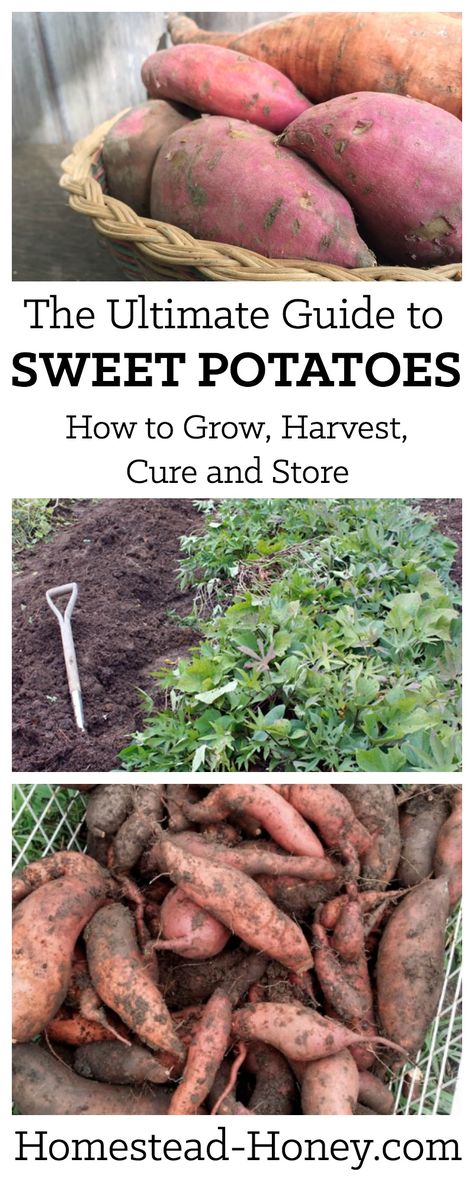 You’ll keep adding soil every two weeks as the potato grows. This replaces the healing process that is usually required for growing potatoes. You’ll add the third tire when the second tire is full, and you can harvest when the plants start to die back in the fall.
You’ll keep adding soil every two weeks as the potato grows. This replaces the healing process that is usually required for growing potatoes. You’ll add the third tire when the second tire is full, and you can harvest when the plants start to die back in the fall.
Growing potatoes in containers, like tire towers, is a great way to recycle materials and reduce the amount of time you spend tending to your garden. However, there are a few things you will need to keep in mind in regard to caring for your plants.
First, make sure the tire stack is situated in full sun. Potatoes need six hours of direct sunlight per day. Be vigilant about watering since containers dry out quicker than the ground. Don’t overwater, though, because potatoes can rot if they receive too much moisture.
When you buy potatoes for your tire garden, make sure you aren’t purchasing ones that are grocery potatoes from the store.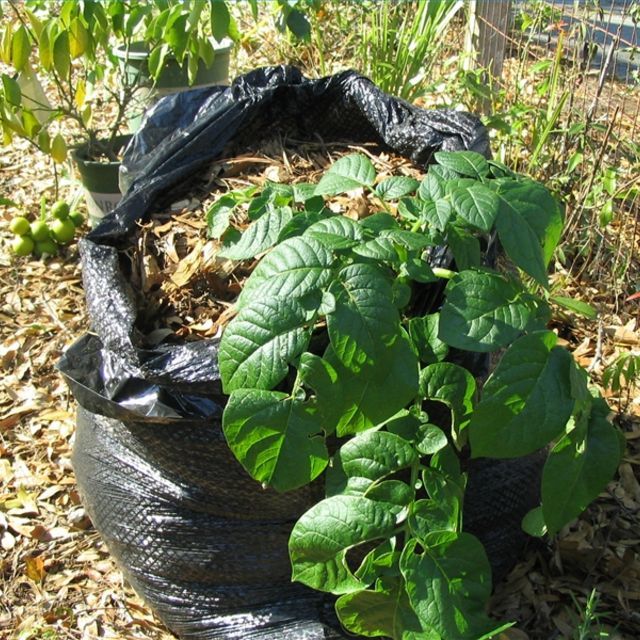 Use potato sets that are meant specifically for planting. Often, grocery store potatoes have been sprayed to slow the sprouting process, meaning they won’t grow well (or at all) in your home garden.
Use potato sets that are meant specifically for planting. Often, grocery store potatoes have been sprayed to slow the sprouting process, meaning they won’t grow well (or at all) in your home garden.
You can’t ignore the quality of the potato tower results. Growing potatoes in containers is one of the best ways to maximize your yields. However, some people have questioned whether this is an effective method of growing potatoes as well as if it is safe.
According to North Carolina State Extension, old tires contain chemicals, like aluminum, copper, manganese and zinc along with accelerators and plasticizers used during the vulcanizing process. However, most studies have shown that it would take high levels of these materials to cause ill effects. The amount of chemicals leached from the rubber tends to be greatest in rubber used as mulch, according to New Mexico State University, and since intact tires have less surface area exposed to soil, they leach matter more slowly.
Growing potatoes in tires is a beneficial use of old tires. Minimal tire material is exposed to the environment, so minimal chemicals are leached. If you are still concerned, you can paint the interior of the tire with nontoxic waterproof paint. This will help reduce the release of toxic materials even further. Plus, you can wash and peel the potatoes before use to reduce the risk even more.
References
Tips
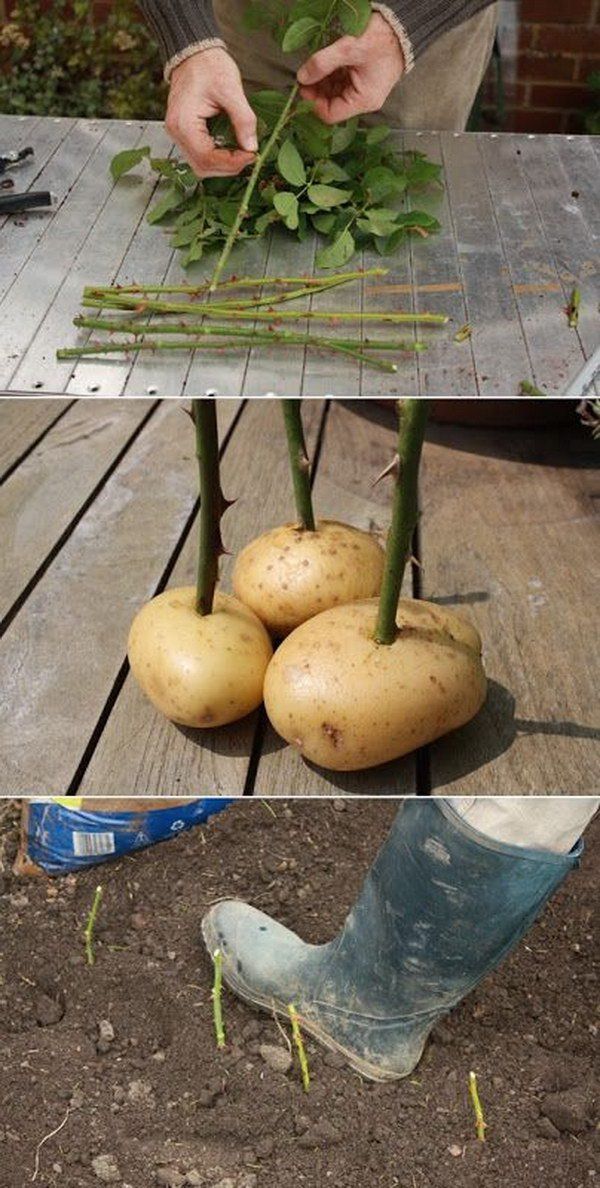
Writer Bio
Rebekah Pierce is a freelance writer in upstate New York. She specializes in producing content and website copy in the home and gardening niches. In addition, she co-owns and manages a small farm, J&R Pierce Family Farm, where she raises chickens, pigs, and sheep.
Vertical cultivation of potatoes in the West is a fairly common occurrence among gardeners. By planting a dozen tubers in several bags, large bags, boxes or barrels, you can end up with a crop of several buckets of potatoes. We are still new to this method. We are accustomed to calling potatoes the second bread and growing them in much larger quantities: so that we have enough for ourselves, our relatives, and for feeding animals. But today more and more summer residents refuse to grow potatoes in general, they say, it costs a penny, and there is enough trouble with it for the whole summer. If you also think so, but at the same time do not want to forget the incredible taste of your young potatoes, try growing it in a bag, box or barrel - the result will surely please you. nine0003 Potatoes in bags, barrels, bags and boxes - a harvest for the lazy
If you also think so, but at the same time do not want to forget the incredible taste of your young potatoes, try growing it in a bag, box or barrel - the result will surely please you. nine0003 Potatoes in bags, barrels, bags and boxes - a harvest for the lazy
Read also our article 5 reasons why I no longer plant potatoes.
It is this method that allows you to get the fastest harvest (of course, when choosing early-ripening varieties), because the mobile "beds" warm up the fastest.
Eliminates the need for hilling potatoes and weed control - the dream of every lazy gardener! This method of growing potatoes is also suitable for those who have a small area. Barrels and boxes of potatoes will help give the site an original look. nine0003
When growing potatoes in bags and barrels, the root system of the plant grows much longer than when planting potatoes in the usual way. And since the number of roots depends on how many tubers are formed, the harvest will always be excellent.
And the most interesting - potatoes in buckets and large flower containers can be successfully grown not in the garden or in the garden, but at home - a sunny loggia or balcony will do.
In addition, vertical-bed potatoes:
And it's also a matter of reusing materials (waste containers, old bags, sacks, barrels), which means taking care of the environment. At the same time, vertical beds for potatoes can be very diverse. For example:
Over time, all barrels become unusable.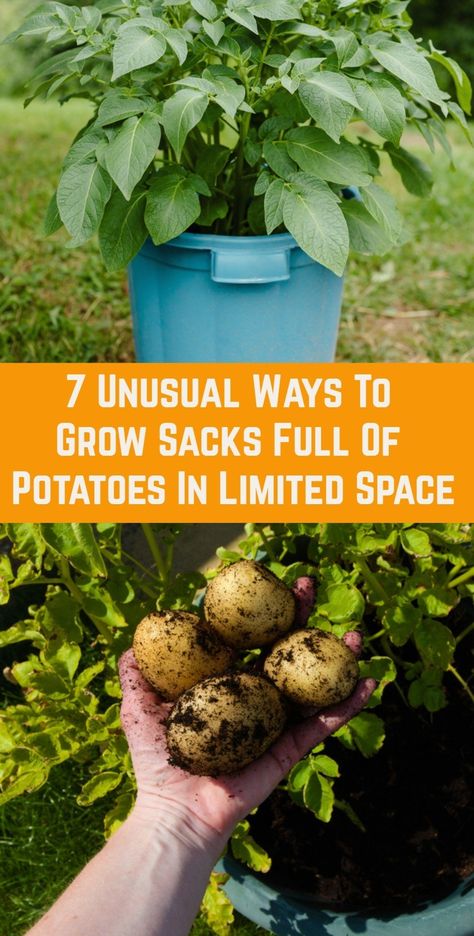 It is no longer possible to pour water if, for example, the bottom of the barrel is leaky. Basically, this applies to metal containers. But plastic can suffer due to mechanical damage. nine0003
It is no longer possible to pour water if, for example, the bottom of the barrel is leaky. Basically, this applies to metal containers. But plastic can suffer due to mechanical damage. nine0003
If the metal barrels are old and untidy, then it makes sense to paint them before planting the potatoes. At the same time, you can show creativity and imagination by creating beautiful pictures or original ornaments on the outside of this container.
If there are few holes in the bottom of the metal barrel, make them with a nail and a hammer. For such an impact on a plastic barrel, you can use a drill with a drill or heat a nail and carefully make holes in the bottom of the barrel with it. If for growing potatoes you will place the barrel horizontally, then make holes for water drainage on the side of the barrel, and on the other hand - larger ones to plant potatoes. nine0003
At the bottom of a vertical container, drainage is covered with a layer of 15-20 cm. These can be medium-sized stones, broken bricks (for horizontal "beds" this and subsequent layers should be of a lower height).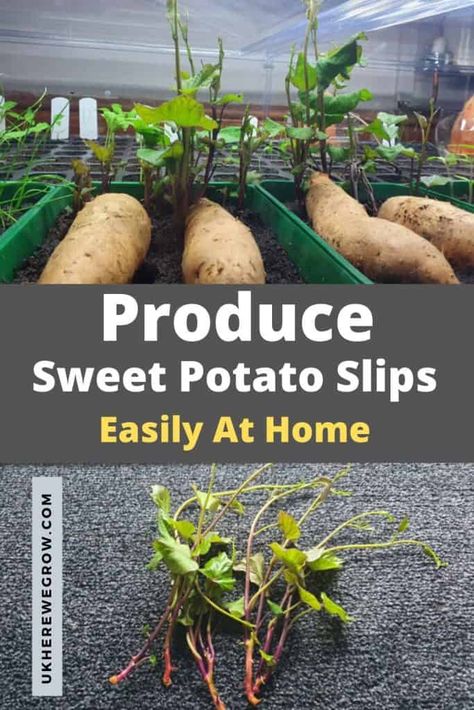
Grass cuttings, chopped straw, fallen leaves, compost can be placed on top of the drain to a height of 30-50 cm. Then light fertile soil is poured into the barrel with a layer of approximately 15 cm.
The soil is well watered from a watering can. For 5 liters of water, it would be good to add 1 tbsp. a spoonful of potassium humate. You can also spill this vertical bed with water and a universal liquid mineral fertilizer. nine0003
On the surface of this layer of soil lay the tubers eyes up at a distance of 15 cm from each other. From above, the potatoes are covered with earth - 15 cm.
When the shoots are 2 weeks old, the first "hilling" is performed. To do this, simply pour the earth under the bushes. Then they do the same two or three more times. As a result, the potatoes will be well covered with earth, which stimulates the formation of additional roots and tubers, while the roots do not turn green.
Since the barrels are limited in size, it is important to water them in time, because the earth here will dry out quickly.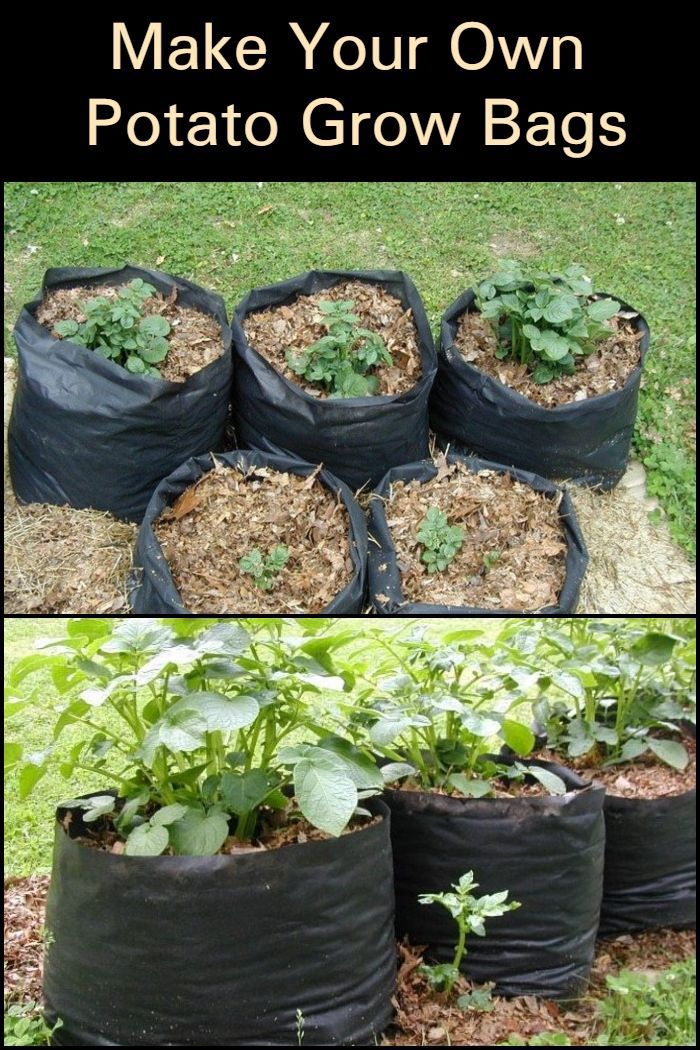 It is better to install such mobile beds in advance where something obscures them so that the soil does not overheat. In this case, the seedlings must be in the light. nine0003 Large oilcloth bags, bags of flour, sugar, large and dense garbage bags are suitable for growing potatoes. © Antonov Sad
It is better to install such mobile beds in advance where something obscures them so that the soil does not overheat. In this case, the seedlings must be in the light. nine0003 Large oilcloth bags, bags of flour, sugar, large and dense garbage bags are suitable for growing potatoes. © Antonov Sad
All recommendations for planting and growing potatoes in barrels are also relevant for potatoes in bags and bags. Large oilcloth bags, flour bags, sugar bags, large and dense garbage bags will do. These containers do not take up much space, they can be placed in a free area, where the summer resident wishes. nine0003
To make it easier to "dig" the potatoes planted in this way, you can cut a rectangular hole in the bottom of the bag or bag. Velcro is attached to this flap, paired elements are sewn around the cut hole. Then it will be possible sometimes to see if the crop is ripe, and if necessary, take a few large potatoes, leaving the bush to grow further.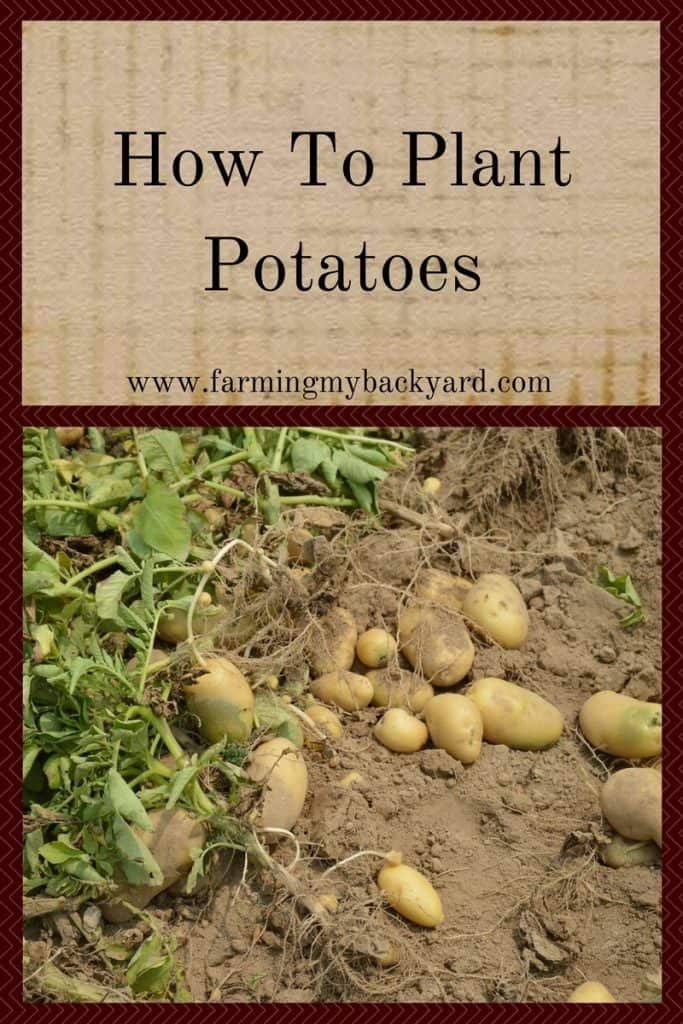
See also our article Potatoes under straw.
If it is possible to use tires from wheels, they will also make an excellent vertical bed for potatoes. You can immediately install several pieces one on top of the other, or build such a "Leaning Tower of Pisa" gradually, as the potatoes grow.
First you need to dig up the earth to the diameter of the wheel, add fertilizer or compost to the soil. Then plant the potatoes with their eyes up. Now you need to put a tire around it and fill it to the top with light soil.
When the seedlings have grown to a height of 15 cm, a second cover is placed on top of the first cover. The earth is also poured into it, this will also be “hilling up” at the same time. nine0003
You can stop there, but it is better to use 1-2 more tires and add more soil as the potatoes grow. Harvest will certainly please you.
If it is possible to use tires from wheels, then they will also make an excellent vertical bed for potatoes This method will allow you to get your potatoes even in a city apartment.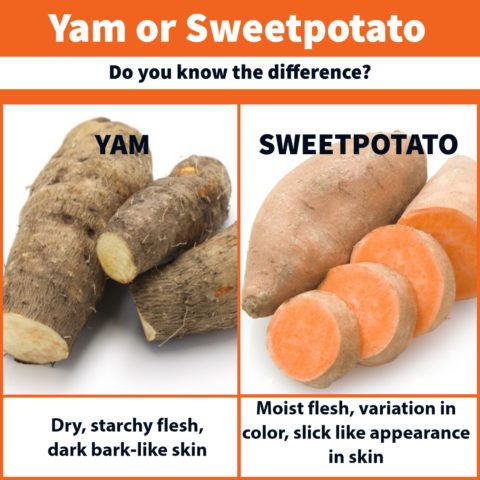 If you have two large plastic pots that are slightly different in size, then cut rectangular holes on the sides in a small one. Then it will be easier to collect potatoes as they ripen (large tubers are removed first, and small ones are left to grow further). nine0003
If you have two large plastic pots that are slightly different in size, then cut rectangular holes on the sides in a small one. Then it will be easier to collect potatoes as they ripen (large tubers are removed first, and small ones are left to grow further). nine0003
Potatoes can also be planted in ordinary large capacity flower pots. 10 liter buckets are also suitable for this. Someone will be able to grow potatoes this way at home, others will use this idea in the country. The main thing is to provide the potatoes with as much sunlight as possible.
Growing potatoes in a bucketYou can make a wooden box for growing potatoes with your own hands. You need to take four bars and arrange them vertically. They will be at the corners of the box. Outside, boards are stuffed on them. You can immediately provide a door at the bottom of the box, so that by opening it slightly, you can remove the grown tubers. nine0003
And if you have factory-made wooden boxes, for example, in which nails were sold, then you can use them or any others. Features of growing potatoes in boxes are the same as when planting them in barrels.
Features of growing potatoes in boxes are the same as when planting them in barrels.
I recently learned about a new method of growing potatoes that has proven to be very effective. My husband told about him, who decided this summer to test the technique on our site.
Contents
It all started with the fact that he began to store old car tires in the garden - his own, neighbors, taken from friends. The material is junk, neither sold nor recycled, so many were happy to give used tires without even asking why they were needed. That's what they were surprised and delighted when in the fall they received several kilograms of potatoes from us in gratitude! Planting potatoes in the usual way, we dig holes, throw a tuber into them, a little ash and humus, dig in, water and wait for seedlings.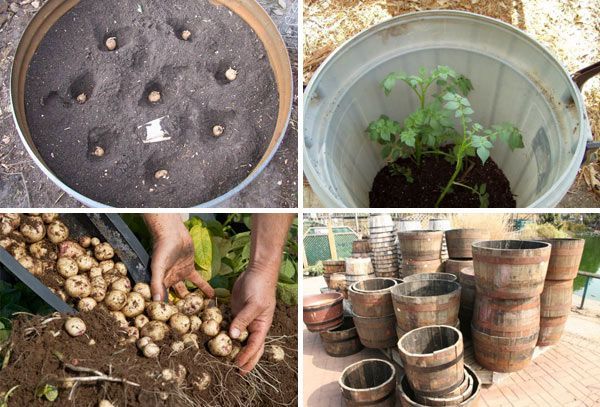 Then once or twice a season we spud rows, loosen and weed. nine0003
Then once or twice a season we spud rows, loosen and weed. nine0003
The new method makes planting easier and more convenient, and there is practically no need to take care of potatoes.
So, first you need to choose a sunny place in the garden in the spring, on which to place a number of car tires that have served their time. Along the perimeter of each tire, dig the ground onto a shovel bayonet, fertilize with ash, manure, compost. Place prepared seed potatoes with sprouted eyes on the resulting loose soil, and place a tire on top. Fill it to the top with light soil. nine0003
The first shoots will appear soon.
After the sprouts have reached a height of about 15 cm, it's time to lay another tire on top and pour the substrate again. So you can assemble a pyramid of 2-3-4 tires, inside which the plant will stretch up, forming several rows of stolons, on which tubers will tie.
We appreciated the ease of landing with the new method. I didn’t have to dig deep into the soil in the spring, it was enough to prepare a small amount of soil for pouring into the column. nine0003
And it is also possible to grow potatoes in tires even in marshy areas, as our friends to whom we recommended this method made sure.
They experimented with other vegetables and root crops, the result pleased.
Potatoes in tires grow in a small amount of soil with little contact with the surrounding land. This means that the water during irrigation does not diverge to the sides, but only moistens the soil inside the tires. For sites like ours that don't have their own well, that's a huge savings. nine0003
We painted the tires white to reduce the heat from the sun and the evaporation of moisture from the soil.During the season, only five times the potatoes were watered, no more was required.
Fertilizers are also used extremely economically now, because they are guaranteed to get to the roots, and not to neighboring beds.
It turned out to be very simple to harvest potatoes when planting in tires. We took off the tires and shook the bushes a little by the tops. The tubers freely fell out of the loose soil. Since the potatoes were not watered for a couple of weeks before harvesting, all the tubers (and they were born large, even and smooth) were dry. Immediately removed the crop in the cellar for storage. nine0003
The innovative growing method will appeal to those who are thinking about preserving the environment. Tires have no other use than to send them to the trash. And we can plant potatoes in them for many years in a row, because the tires do not lose their properties if they are put under a canopy during the cold weather or even just covered from the snow with a canopy.